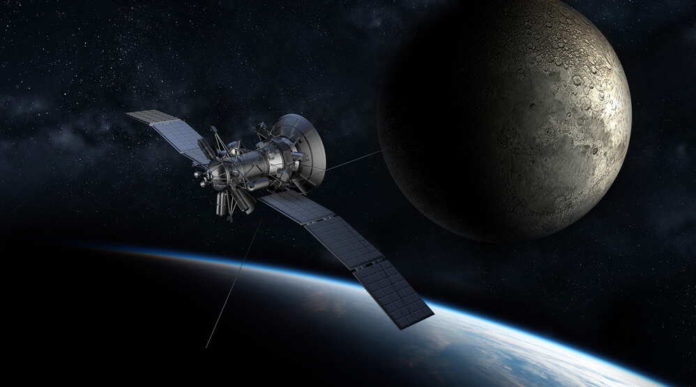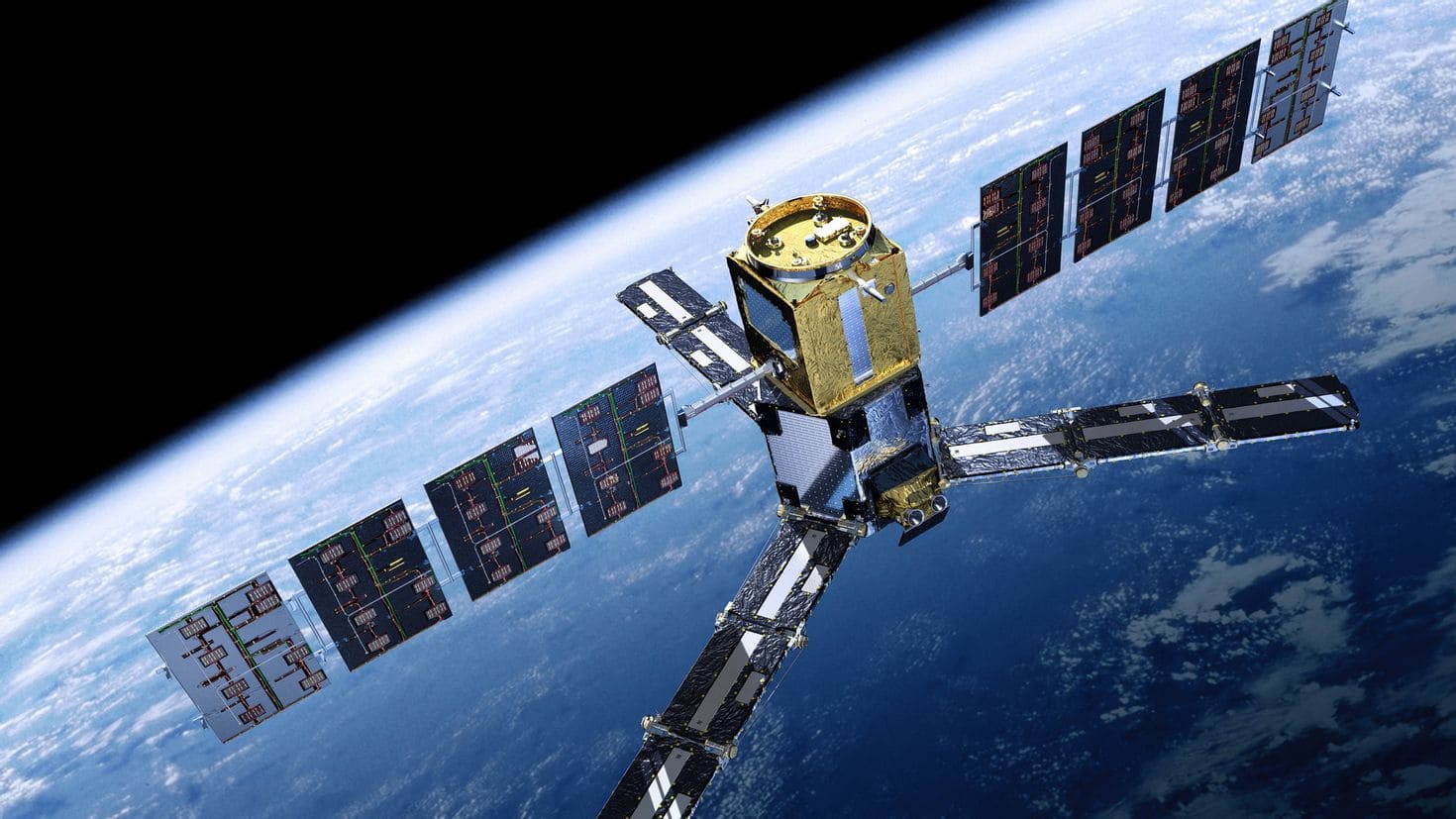In the space age, as humanity strives to reach the far reaches of our solar system, the issue of a common time standard on celestial bodies such as the Moon and other planets is becoming increasingly important. In this article, we will look at how satellite systems can help establish a common time standard on the Moon and other celestial bodies, and how this affects space exploration and space colonisation.
Satellite systems and time measurements
Satellite systems, such as the Global Positioning System (GPS) and its analogues, play a crucial role in determining precise time and location on Earth. However, their application is not limited to the Earth’s surface. Satellite systems can also be used to measure time on the Moon and other celestial bodies. The use of satellite systems to measure time on the Moon is based on the principle of transmitting time signals from the Earth to the surface of the Moon and then receiving them by special instruments on the Moon. This makes it possible to accurately synchronise time measurements on the Moon with the world time standard used on Earth.
Advantages of a common time standard
Establishing a common time standard on the Moon and other celestial bodies has several advantages and practical applications.
First, a common time standard ensures the accuracy and consistency of time measurements in the planning and execution of space missions. This is critical to the successful execution of space operations such as lunar landings, spacecraft assembly and scientific research.
Second, a common time standard facilitates communication between different space agencies and missions by providing a common language for data exchange and coordination.
Finally, a common time standard opens up new opportunities for the development of space colonisation. Synchronisation of time measurements on the Moon and other planets with the global time standard makes planning and management of future space colonies more efficient and convenient for the inhabitants.
Prospects for the use of satellite systems
Satellite systems can play a key role in establishing a common time standard on the Moon and other celestial bodies. Modern technology and developments in satellite navigation allow for accurate time measurements at significant distances from Earth. In the future, further development of satellite systems specifically adapted for use in space missions can be expected. This may include the development of specialised satellite systems capable of providing accurate temporal positioning on the Moon and other planets, taking into account their unique gravitational and atmospheric conditions.
Conclusion
A common time standard on the Moon and other celestial bodies is becoming increasingly important in the context of space exploration and space colonisation. Satellite systems are an effective tool for establishing and maintaining a common time standard in outer space. Their development and application open new perspectives for space exploration and utilisation in the coming decades.



